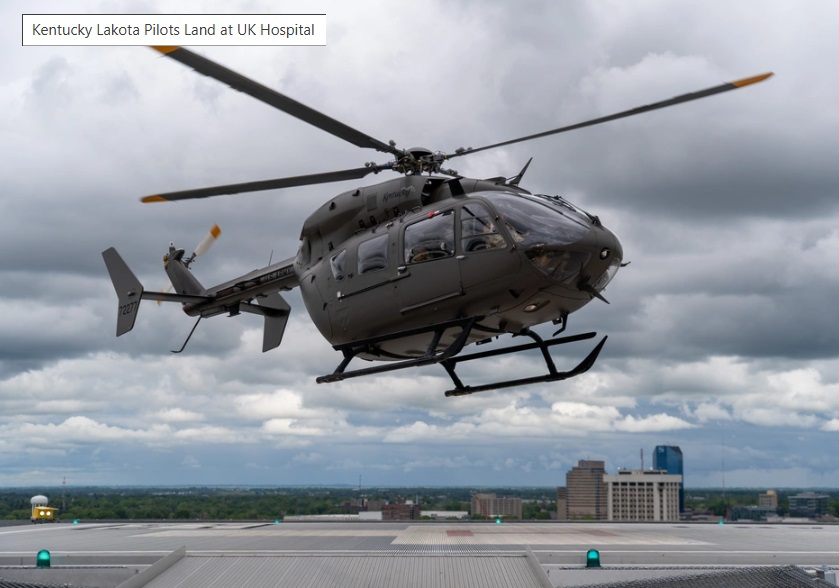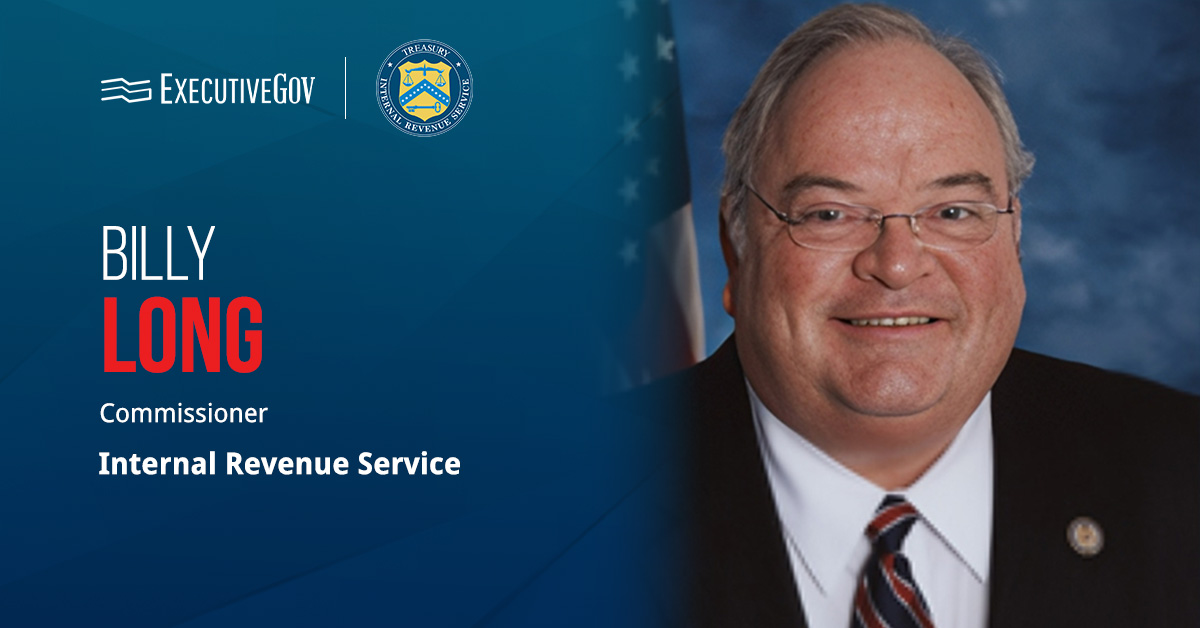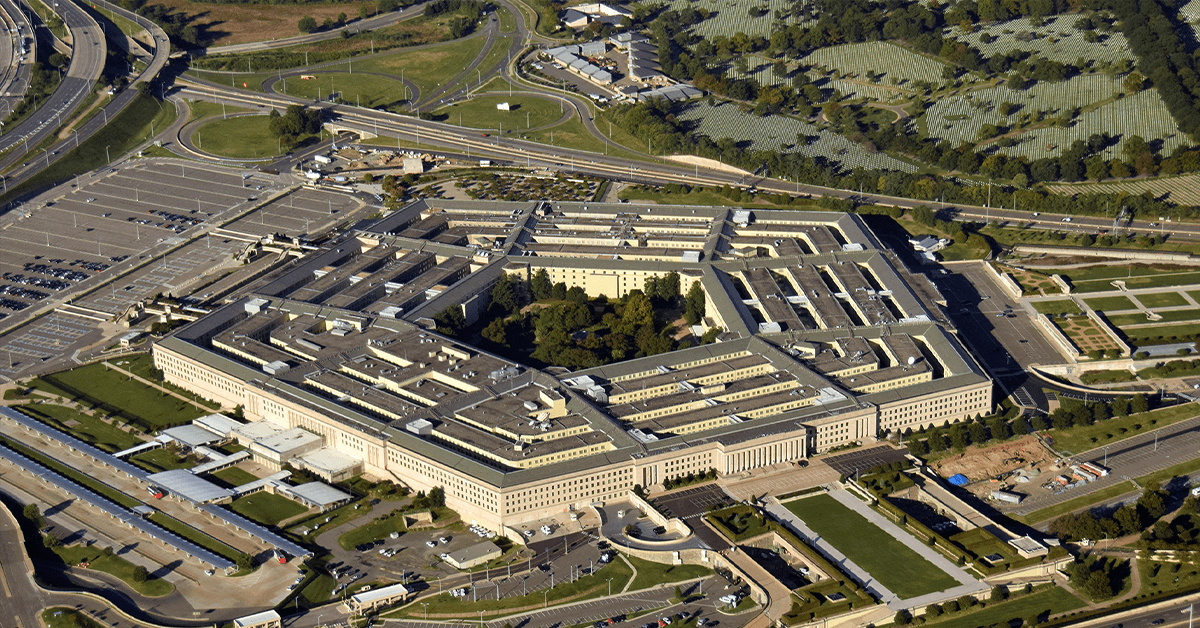The U.S. Army has launched a new program aimed at integrating private sector technological leadership into the Army to merge commercial and military technologies.
Table of Contents
New Tech-Focused Army Initiative
According to the Army, four prominent technology executives were officially accepted into the service on June 13 under the Detachment 201: The Army’s Executive Innovation Corps initiative. These tech professionals will join the Army Reserve as part-time senior advisers without having to leave their current industry roles.
Get the inside track on the U.S. Army’s latest modernization programs, like the new Detachment 201 initiative. Listen to Army officials, government leaders and industry trailblazers as they discuss the service branch’s most urgent priorities and challenges. Register now and join the Potomac Officers Club’s 2025 Army Summit on June 18.
The first four members of the Executive Innovation Corps and new Army Reserve Lt. Cols. are:
- Shyam Sankar, chief technology officer of Palantir
- Andrew Bosworth, CTO of Meta
- Kevin Weil, chief product officer of OpenAI
- Bob McGrew, adviser at Thinking Machines Lab and former OpenAI chief research officer
Bridging Private Sector Expertise With Defense Needs
The tech leaders will provide expert insights to accelerate and scale advanced technologies for various defense capabilities and other applications. They will leverage years of experience in the private sector to guide Det. 201 in its efforts to bolster military innovation, including the Army Transformation Initiative, which is meant to transform the service into a leaner, smarter and more lethal force.














